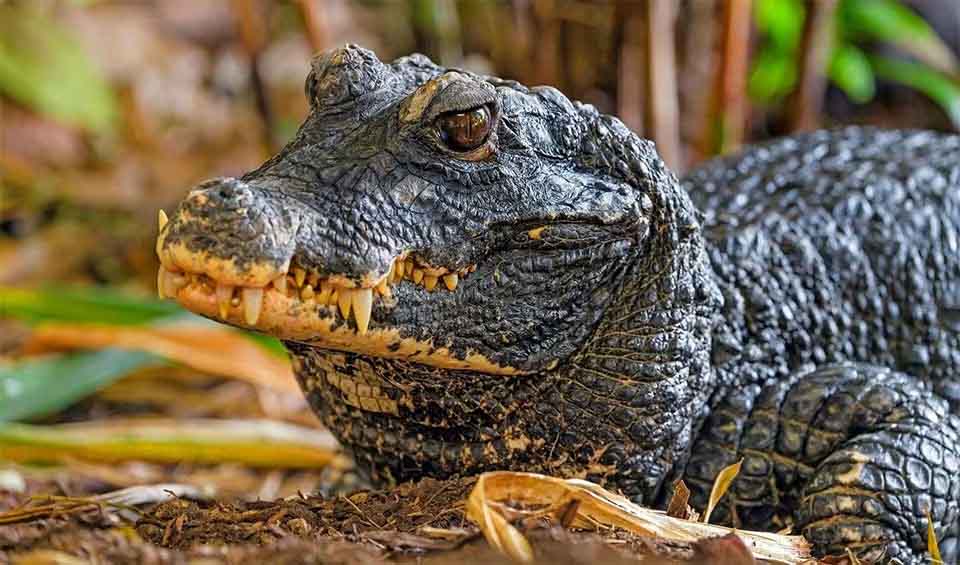Osteolaemus – Dwarf crocodiles
Smallest of crocodiles with broad snouts native to Central-West Africa
African dwarf crocodiles were once considered a single species but are now recognized as two distinct species. This separation occurred over 20 million years ago when dwarf crocodiles, the slender-snouted crocodiles, diverged from their closest relatives. Unlike their larger counterparts, African dwarf crocodiles rarely exceed lengths of 1.5 meters (4.9 feet), making them one of the smallest crocodilian species.
These diminutive crocodiles inhabit a variety of habitats across West Africa, including mangrove swamps, rainforests, and slow-moving rivers and streams. They are primarily nocturnal, resting much of the day in shallow water or hidden among vegetation. Despite their small size, African dwarf crocodiles play a vital role in their ecosystems as mid-level predators, preying on various small aquatic animals and helping regulate local populations.
However, African dwarf crocodiles face numerous threats to survival, with habitat loss and degradation chief among them. Deforestation, urbanization, and agricultural expansion have all destroyed their natural habitats, reducing the availability of suitable breeding and foraging grounds.
Additionally, African dwarf crocodiles are heavily targeted by local communities for bushmeat consumption and commercial trade. Their small size and relatively docile nature make them convenient targets for hunting, resulting in significant population declines in some areas. Overexploitation for meat and other body parts further exacerbates the conservation status of these crocodiles.
Species in this genus
Dwarf crocodile
Timid nocturnal with broad snouts native to Africa, they are the smallest of all crocs

